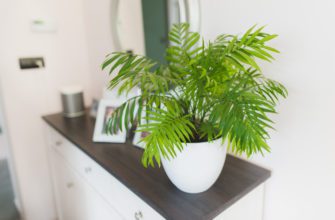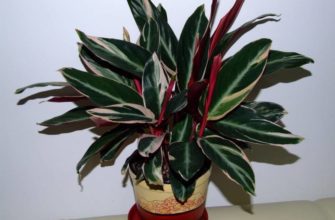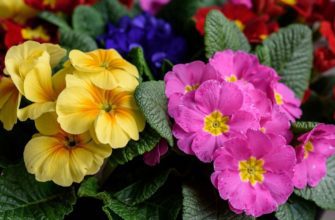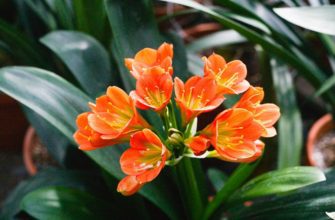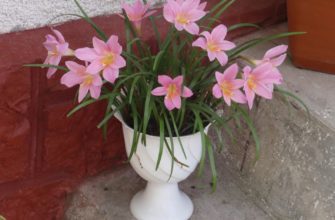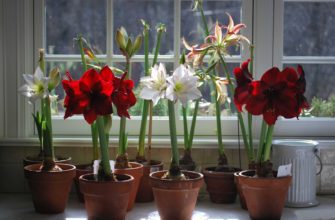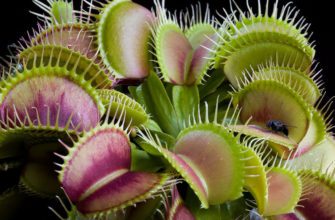Fuchsia is a sophisticated and elegant houseplant that captivates with its colorful and graceful blooms. Its delicate petals and vibrant hues are eye-catching and make fuchsia a popular choice among flower lovers and gardeners. In this article, we will dive into the world of this plant, consider its various species, varieties, and types, and learn how to choose the right pot for this beautiful flower.
Fuchsia is not only a common name for many species, but also a real find for plant lovers. It has a huge variety of flower shapes and colors, from simple to double, from white to bright shades of pink, purple and red. Each fuchsia has its own unique charm and appeal.
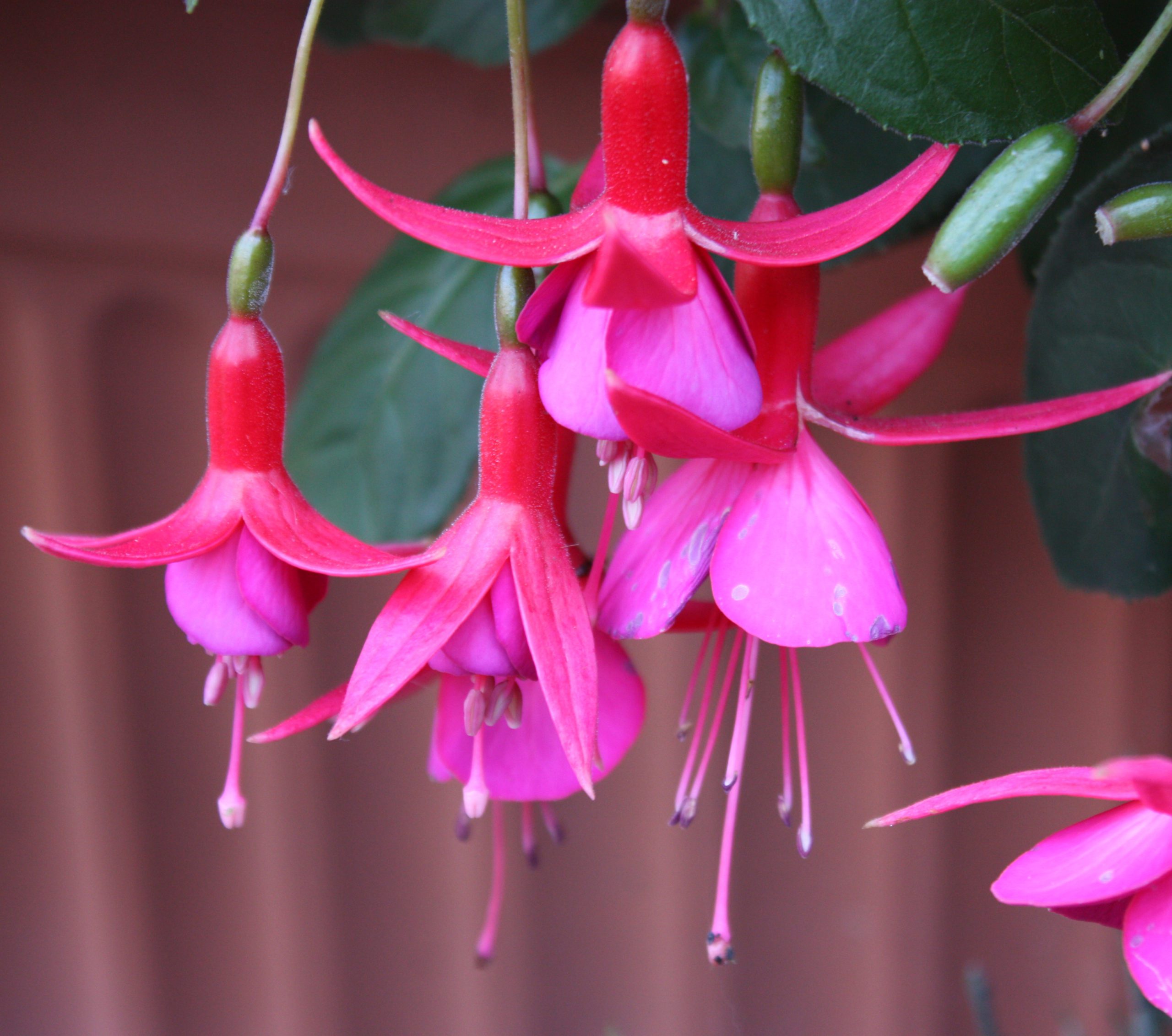
Getting to Know Fuchsia as a Houseplant
Getting to know fuchsia as an indoor flower opens up a wonderful world of elegance and beauty. The indoor flower fuchsia is a beautiful plant that attracts attention with its bright and exquisite flowers. Being a true decoration of the interior, it becomes a unique accent in any home or office.
One of the main features of fuchsia as a houseplant is its magnificent flowering. Fuchsia flowers can be varied in shape and color. They are often presented as double, semi-double or simple flowers, which create a spectacular sight.
Fuchsia flowers range in color from bright pink and purple to red, orange, violet, and white. This variety of colors makes fuchsia a popular choice for those looking to add a splash of color and sophistication to their home.
The indoor fuchsia plant also has attractive foliage. Its leaves are green and glossy, often having an interesting shape and texture. This gives the plant additional charm and makes it attractive even during periods when the flowers are not blooming.
One of the advantages of growing fuchsia as an indoor flower is its relative unpretentiousness and ability to adapt to various indoor environmental conditions.
It can grow in medium to bright light, although it prefers a bright place, but protected from direct sunlight. The level of air humidity is also not critical for it, although it prefers a moderately humid environment.
What is especially attractive about fuchsia is that it can bloom for a long time, delighting you with its flowers. With proper care and suitable conditions, fuchsia can delight you with its beautiful blooms throughout the year.
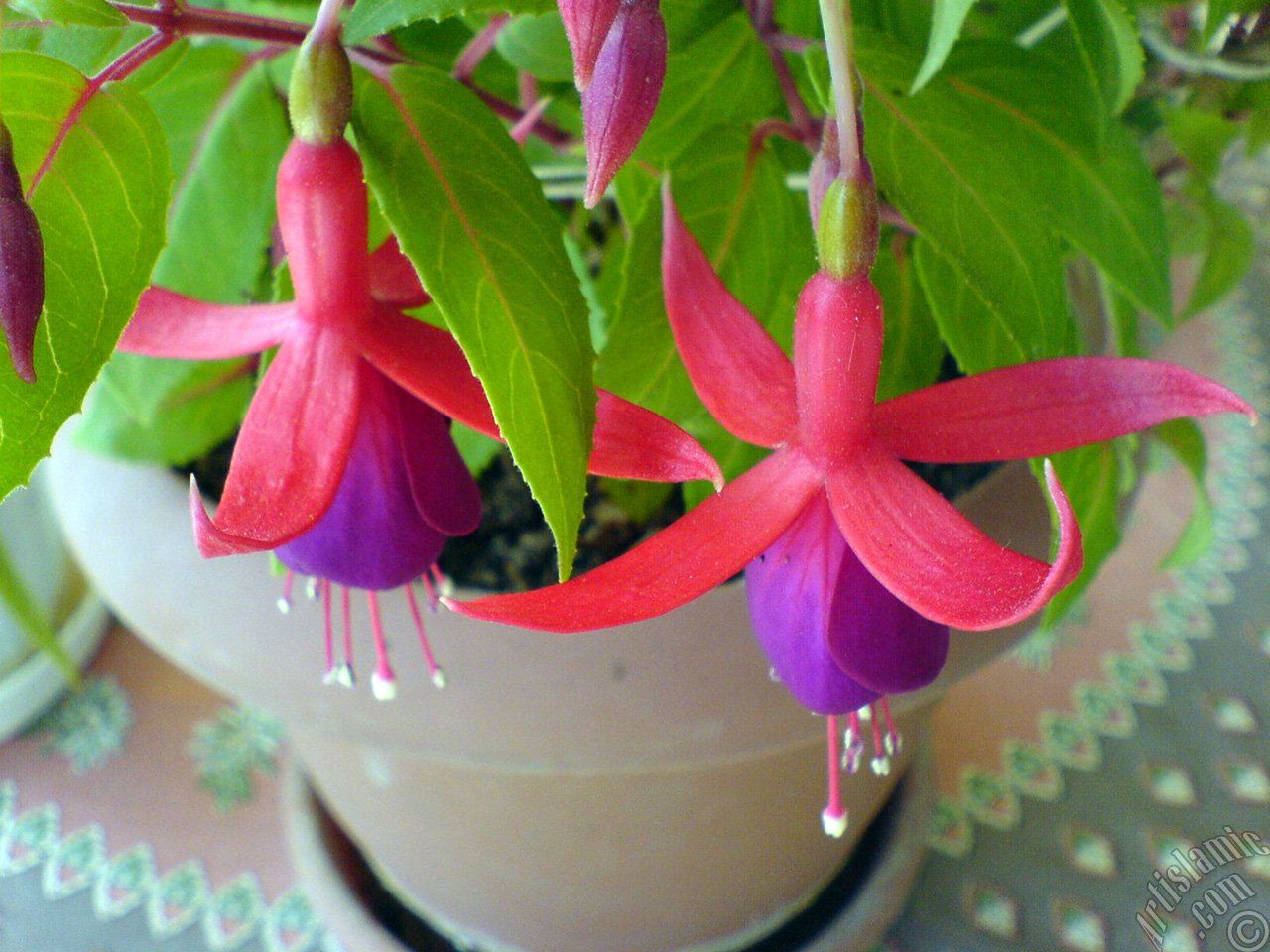
Fuchsia varieties
The indoor fuchsia flower is a beautiful flowering plant that can be presented in several varieties. The main types of fuchsia differ from each other in the shape of the leaves, color and size of the flowers.
- The first variety is Fuchsia hybrida, this is the most common type of fuchsia, which has various forms of flowers and leaves. The leaf blades of this species can be either serrated or smooth. Fuchsia flowers of different shapes have different appearance and color, ranging from small single flowers to large double ones, painted in bright pink, scarlet, white, purple, violet and other shades.
- The second type of fuchsia is Fuchsia magellanica, is wilder and more unusual. This type of plant is found in Chile and Argentina. Fuchsia magellanica has small flowers, colored bright red, crimson or purple. They also have a star shape.
- The third species is Fuchsia excorticata. This plant species is found in Australia and New Zealand. Its leaves are similar in shape to the leaves of the lemon tree. And the fuchsia flowers look like small goblets, painted in a rich pink color.
- The fourth species is Fuchsia boliviana, has the largest flowers of all fuchsia species. It is a common species, growing in Bolivia and Peru. Its flowers are colored dark red.
- The fifth species is Fuchsia regia, is a symbol of New Zealand and has small flowers that are located on long peduncles.
- The sixth species is Fuchsia paniculata, Also known as the cone fuchsia, it grows in the steppe zone of Chile. It has fragrant flowers that are colored in white or pinkish colors.
Each type of fuchsia has its own special characteristics and attractive appearance. They are popular plants for growing in gardens and cottages in various parts of the world.
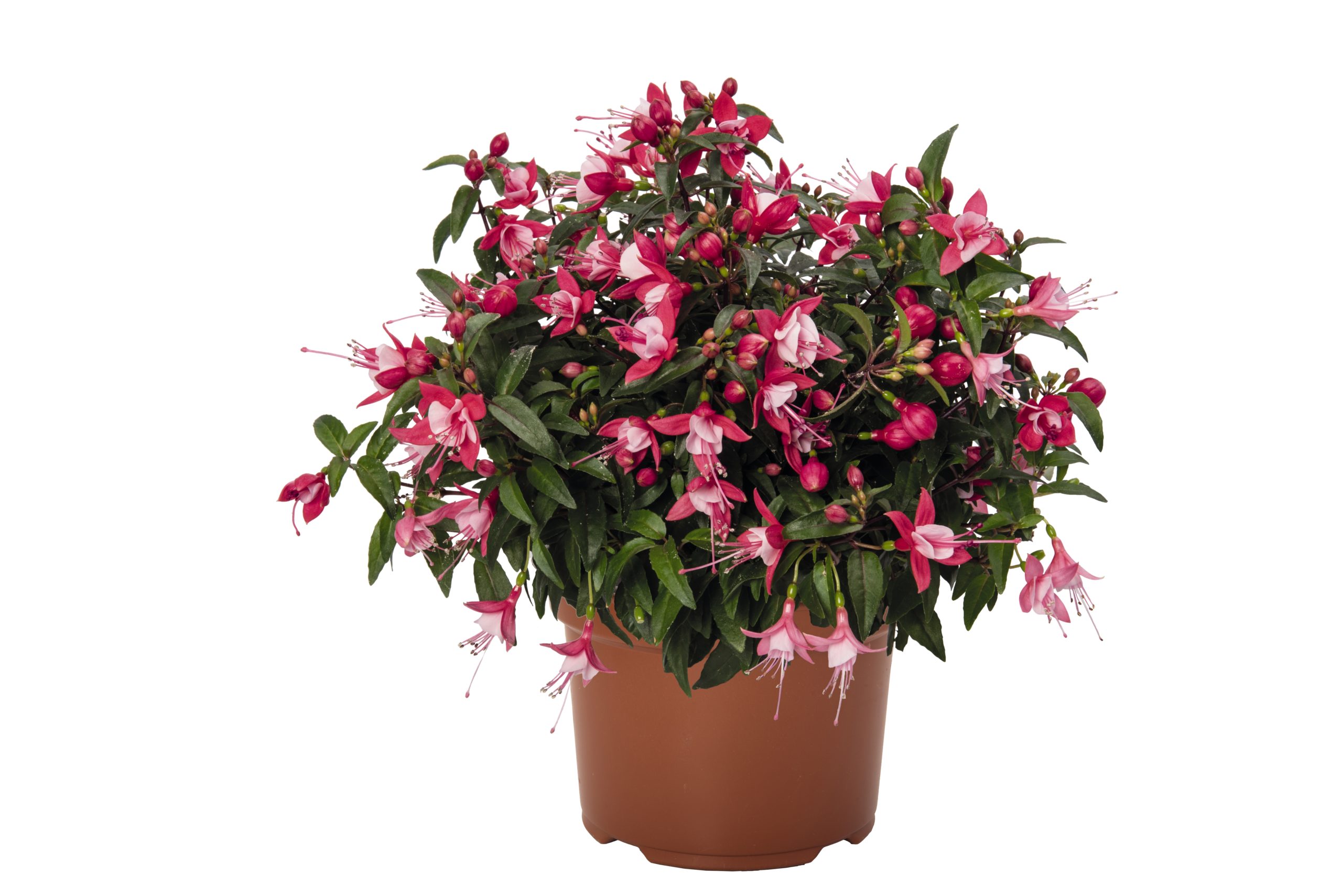
Choosing a Pot for Fuchsia
Choosing the right pot for your fuchsia plays an important role in its healthy growth and prosperity. The right pot not only provides optimal conditions for the root system, but also serves as a decorative element that complements the overall appearance of the plant. Here are some key factors to consider when choosing a pot for your fuchsia:
- Pot size: The size of the pot should be appropriate to the size and development of the fuchsia. If the plant is still young or has a small root system, choose a pot that is slightly larger to provide the growing root with enough space to expand. However, avoid pots that are too large, as this can lead to water retention and overwatering of the soil.
- Pot material: Pots for fuchsias can be made of different materials, such as clay, ceramic, plastic or terracotta. Each material has its own advantages. Clay and terracotta pots have good air permeability, which promotes healthy root growth and prevents moisture retention. Ceramic pots provide good insulation and retain moisture. Plastic pots are lightweight, durable and have a good drainage system.
- Drainage and holes: It is important that the fuchsia pot has holes in the bottom or sides to ensure good drainage. This prevents the roots from becoming over-watered and possibly rotting. If the pot you choose does not have holes, you can drill them yourself in the bottom.
- Style and design: A fuchsia pot can be not only functional, but also a stylish interior element. Choose a pot that matches the overall style of your room and complements the appearance of the plant. Consider the color of the pot, its texture and shape to create a harmonious and attractive aesthetic image.
- Taking into account soil characteristics: Fuchsia prefers loose and well-drained soil. When choosing a pot, make sure that its size and material allow for easy drainage and provide enough air for the roots.
Choosing the right pot for your fuchsia is an important step to creating the right conditions for it to grow and thrive. Consider the size, material, drainage, and style of the pot to provide the plant with optimal conditions and add beauty to your space.
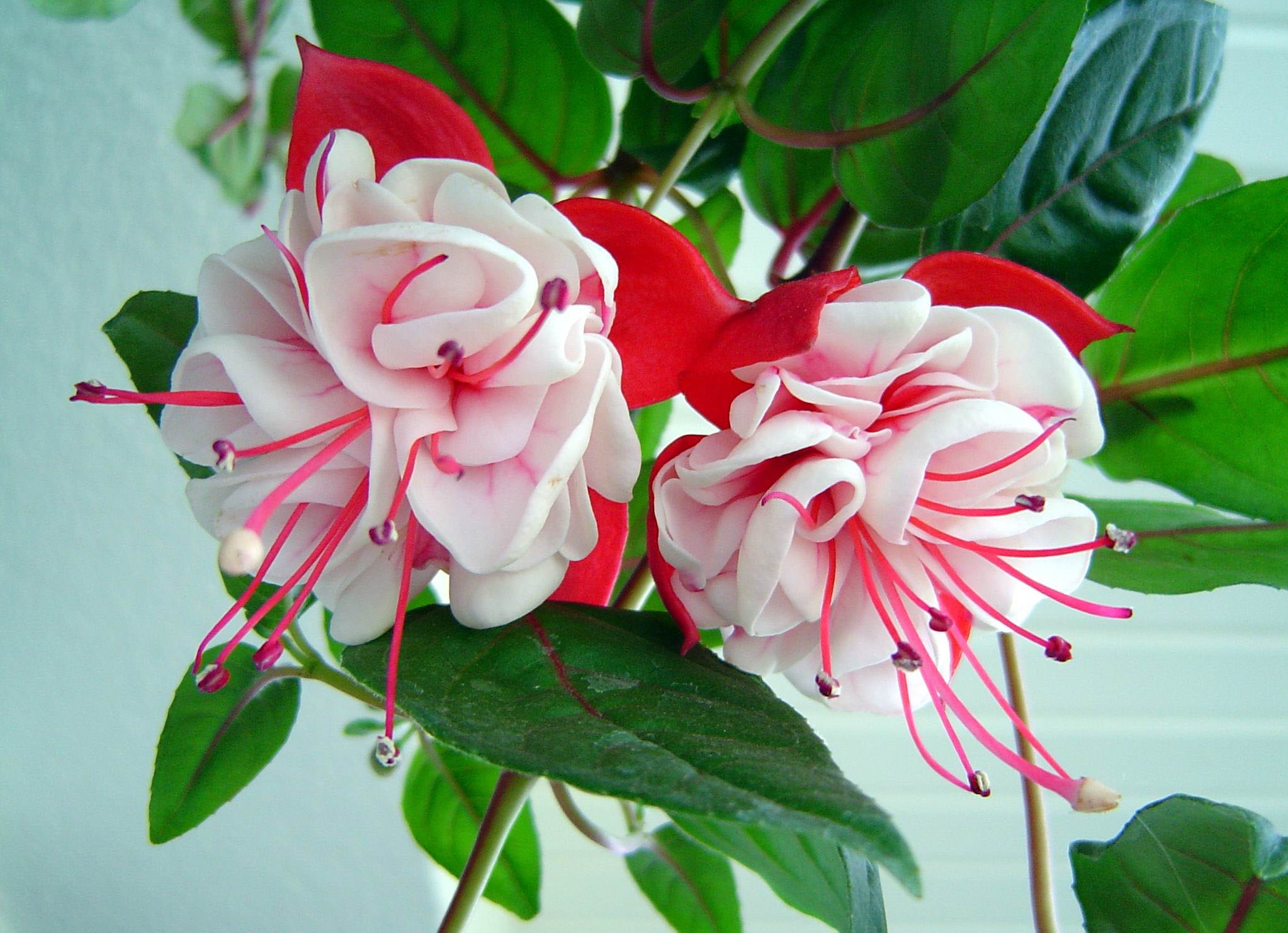
Plant care
The indoor fuchsia flower is a beautiful flowering plant that can be grown both indoors and outdoors. The basic rules for caring for fuchsia include watering, fertilizing, pruning, and protection from pests and diseases.
- Watering: Fuchsia needs to be watered regularly, but not flooded. It is best to water fuchsia after the top layer of soil dries by 1-2 cm. But do not allow it to dry out! It is better not to choose the time of watering during the day, because in the sun, water droplets on the leaves can cause burns. It is better to water during the day in the shade or in the evening, so that moistening does not drag on until night.
- Top dressing: Fuchsia needs regular feeding during the period of active growth. A weak solution of fertilizer for flowering plants will do. It is best to feed the plant once a week. If you use a particularly weak fertilizer, you can feed twice a week.
- Trimming: Fuchsia pruning is a necessary stage of care that will allow the plant to maintain a beautiful shape and stimulate flowering. The plant should be pruned at 1-2 short nodes located above the branching point. You can also cut off shoots that grow too quickly. Fuchsia is usually pruned in early spring, before replanting, or in late autumn so that the plant can better survive the winter.
- Protection from pests and diseases: Fuchsia can be affected by powdery mildew, spider mites, black leg, aphids and other pests and diseases. It is best to prevent problems from occurring, as getting rid of many diseases and pests can be quite difficult. For prevention, you can use the treatment of garden plants with special solutions. It is also recommended to regularly clean fuchsia leaves from dust and dirt, as this can suppress the plant's respiration and lead to diseases.
It is important to remember that fuchsia requires regular and careful care, which in turn will allow you to enjoy the beautiful barrel organs of your plant's flowers throughout the summer and into early autumn.
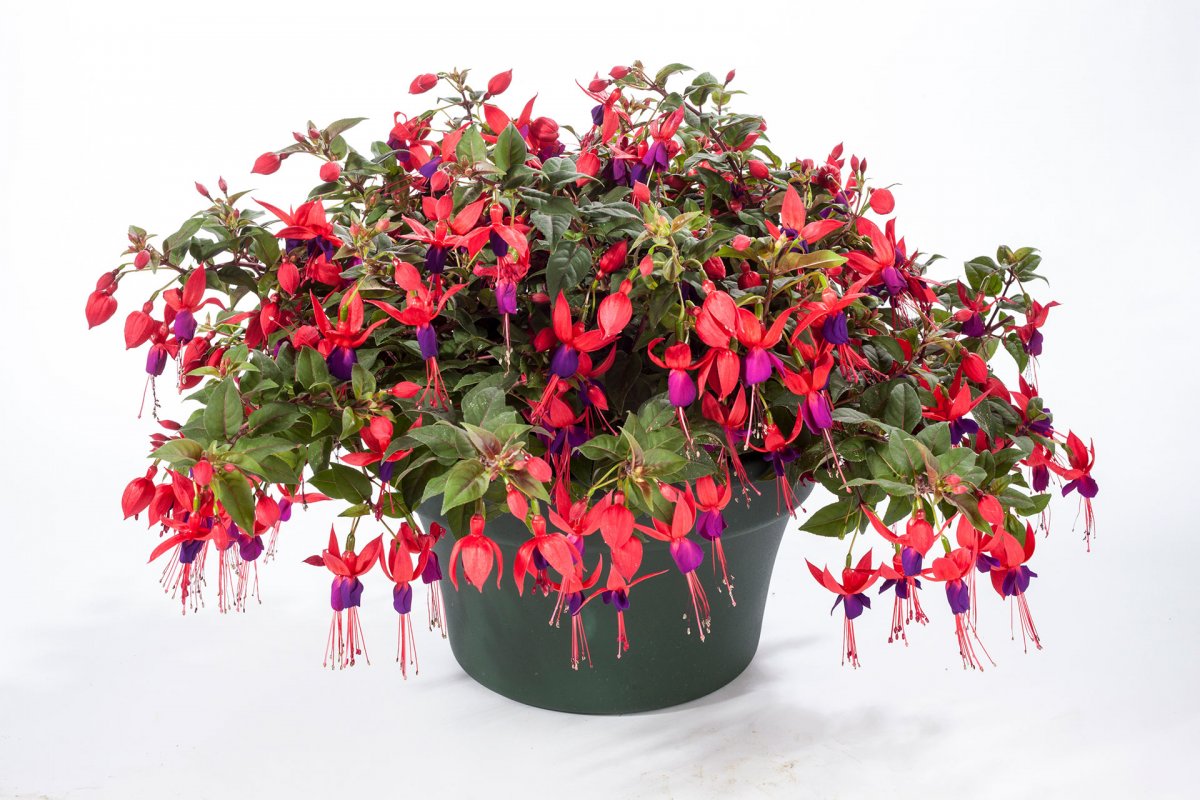
Reproduction of fuchsia
Reproduction of fuchsia is a fascinating process that allows you to obtain new plants and preserve their beauty and unique properties. There are several ways to reproduce fuchsia, and each of them has its own advantages and features. Here are some of them:
- Propagation by cuttings: This method is the most common and effective way to propagate fuchsia. Choose a healthy and strong fuchsia stem about 10-15 cm long with several leaves. Cut it off from the main plant, leaving a small appendage of the stem. Remove the lower leaves, leaving only the top 2-3. Plant the cutting in light and loose soil, providing good drainage. Keep the soil moderately moist and create a greenhouse by covering the cutting with a plastic bag or glass. In a few weeks, you should have new roots. When the cutting is strong enough, it can be transplanted into a separate pot.
- Propagation by seeds: This method requires more time and patience, but it allows you to get new plants with a combination of different properties and characteristics. Collect seeds from mature fuchsia fruits. Plant the seeds in a pot with light soil, but do not cover them with a layer of soil, as fuchsia seeds require light to germinate. Keep the soil moist and moderately warm. Within a few weeks, the seeds will begin to germinate. When the young plants have reached a sufficient size, they can be transplanted into individual pots.
- Propagation by dividing the bush: This method is suitable for more mature fuchsia plants that have formed a dense bush. Carefully remove the fuchsia from the pot and divide the root system into several parts. Make sure that each part has enough roots and leaves. Plant each part in separate pots with loose soil and provide them with moderate watering and protection from direct sunlight until they root and begin active growth.
Fuchsia propagation is a fun and creative process that allows you to expand your plant collection and preserve unique varieties. Choose the propagation method that suits you, follow the instructions, and enjoy the process of creating new beautiful fuchsia plants.
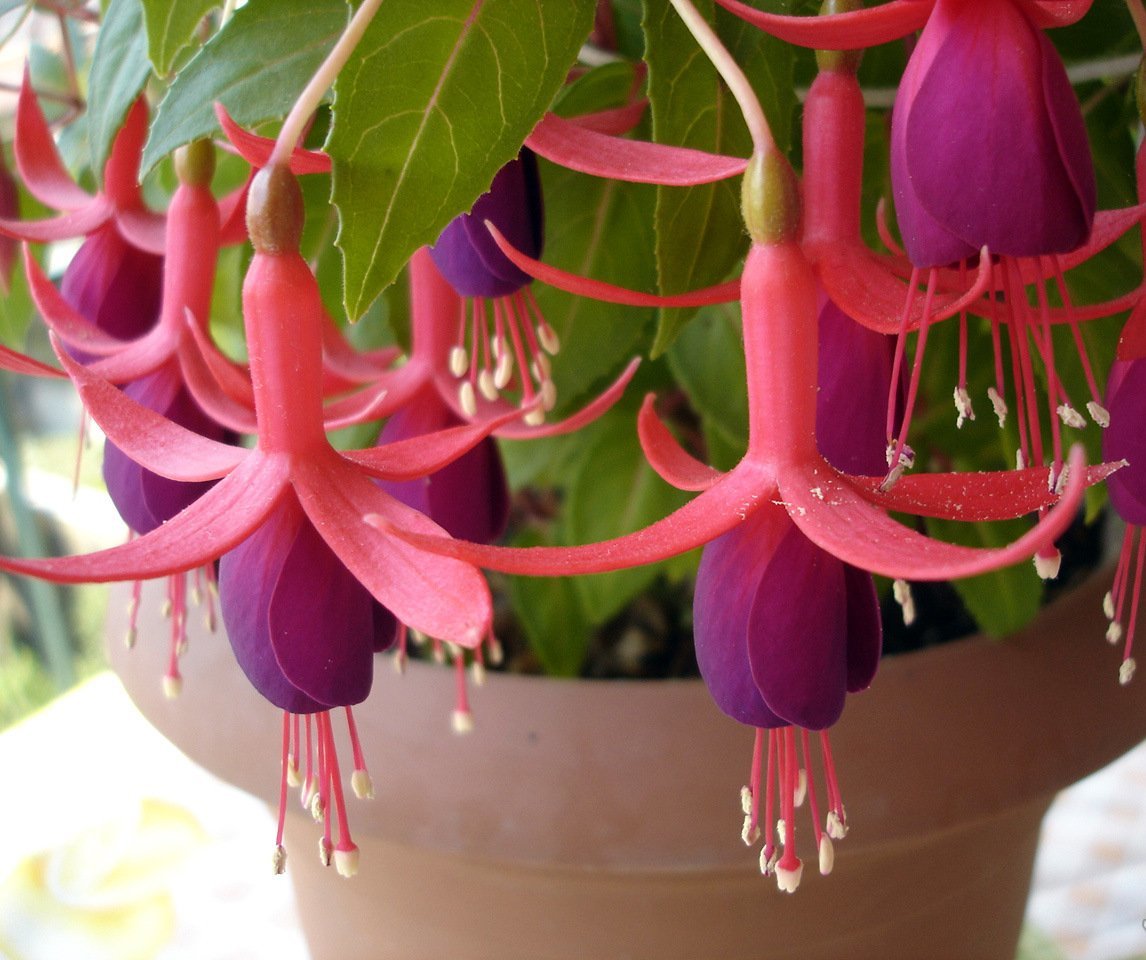
Possible diseases and ailments
Fuchsias, like any plant, can be susceptible to diseases and pests. The most common fuchsia diseases and ailments include the following:
- Powdery mildew: a white powdery patina appears on the plant leaves. The problem can be solved by regularly treating the plant with special antifungal agents.
- Blackleg: This is a fungus that develops in soils with poor ventilation. Brown spots appear on the stems and leaves, and the plant may die. The best way to prevent blackleg is to regularly treat the plant with special antifungal agents and ensure good ventilation in the pot.
- Bacterial rot: This is a disease that manifests itself in the form of yellow-brown spots on the leaves and stems of the plant, as well as yellowing and shedding of leaves. Prevention - control of soil moisture and elimination of stagnant water in the pot, as well as treatment of the plant with special antibacterial agents.
- Aphids: These are pests that feed on the leaves and shoots of fuchsia, and the juice under the leaf spreads a sticky liquid, under which a patina is formed. Prevention - regularly treat the plant with special insecticides.
- Spider mite: small mites that feed on plant sap and can cause it to dry out and wither. Prevention is regular treatment of the plant with special insecticides.
- Stressful state: Transplantation, lack of water, lack of nutrients and temperature changes can all cause stress in the plant. The best way to help fuchsia overcome stress is with proper watering, fertilizing and providing optimal growing conditions.
I would like to point out that prevention and control of fuchsia diseases and ailments are very important for its careful cultivation and maintenance of a beautiful shape and health.
Benefits of the plant
The indoor fuchsia flower is a plant that has many benefits that make it an attractive choice for home growing. Here are some key benefits of the fuchsia plant:
- Beauty and aesthetics: One of the main advantages of fuchsia is its impressive beauty. Its bright and elegant flowers, often in double or semi-double combinations, create a beautiful spectacle. Fuchsia can offer a wide range of shades, including pink, purple, red, orange and white. The richness of colors and their variety make fuchsia a magnificent decorative element and an attractive accent in any room.
- Long flowering: Fuchsia is famous for its ability to bloom for a long time. It can delight you with its bright colors throughout the season and amaze you with its duration of flowering. This allows you to enjoy its beauty and joy for a long time, making fuchsia a great choice for those who appreciate long-lasting and abundant flowers in their interior.
- Unpretentiousness and ease of care: Fuchsia is a relatively low maintenance plant that requires little effort to care for. It can thrive in a variety of lighting conditions, although it prefers bright light that is protected from direct sunlight. Fuchsia is also adaptable to varying soil and air humidity. Following a few basic care principles, such as regular watering, moderate fertilization, and maintaining optimal humidity levels, you can ensure that your fuchsia grows and thrives healthily.
- Healing properties: Fuchsia is also known for its medicinal properties. Its extracts and infusions are used in traditional medicine to treat various diseases. They have antibacterial, anti-inflammatory and antiviral properties, and can also help relieve stress and improve mood.
The indoor fuchsia flower is a plant with elegant flowers, long flowering, unpretentiousness in care, attractiveness and medicinal properties. Choosing fuchsia as a plant for your home or garden, you can enjoy its beauty, health and joy that it brings.

